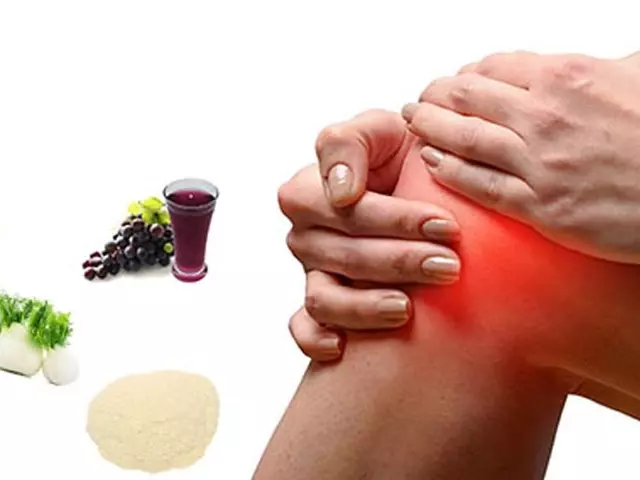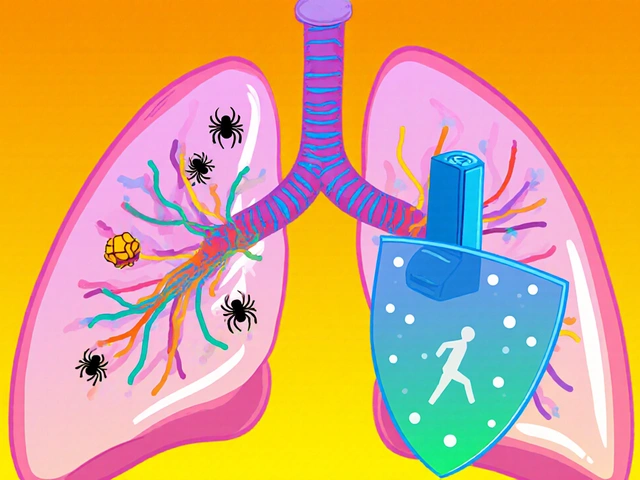FDA Proposed PMI Changes: What Patients and Pharmacies Need to Know
December 10 2025Fungal Skin Discoloration: Causes, Treatment, and Prevention
Spots that look lighter or darker than nearby skin can be caused by a fungus — and the fix is different from sunspots or scarring. If the patch is scaly, itchy, or spreads after sweating, think fungal. Knowing what to look for makes a big difference in getting the right treatment fast.
Causes & diagnosis
The most common culprit is tinea versicolor, a yeast that lives on skin and sometimes overgrows. It creates pale, pink, brown, or slightly scaly patches on the chest, back, and shoulders. Other fungal culprits include ringworm (tinea corporis) which makes round, red, scaly rings, and candidiasis that can affect skin folds. Fungal discoloration often changes with humidity and tanning — patches may be more visible after sun exposure.
Diagnosis is usually simple. A clinician can scrape the spot and look under a microscope with a KOH solution to spot fungal elements. A Wood's lamp exam can help in some cases. If you’re trying to self-check, notice texture: fungal patches often flake slightly or feel different than normal skin. Still, testing removes doubt.
Treatment & practical tips
For many mild fungal patches you can start with over-the-counter antifungal creams or shampoos. Look for clotrimazole, miconazole, terbinafine, or selenium sulfide for tinea versicolor. Apply as directed for the full course — stopping early is why patches come back. Expect to see improvement in 2–4 weeks, though color can take longer to normalize.
If OTC options don’t help or the area is large, a prescriber may recommend topical ketoconazole or a short course of oral fluconazole or terbinafine. Oral meds work faster for widespread or stubborn infections but need medical oversight because of possible side effects and interactions.
Use these practical steps: keep the area dry, wear breathable fabrics, and wash workout clothes after one use. Apply antifungal products to the entire affected area plus a small margin of normal-looking skin. For body yeast in folds, antifungal powders can reduce moisture and lower recurrence risk.
Prevention matters. Shower after heavy sweating, avoid oil-based skin products on prone areas, and consider an occasional maintenance wash with an antifungal shampoo if you get repeated episodes. For athletes or people in humid climates, rotating lightweight, moisture-wicking clothes helps a lot.
See your doctor if patches spread despite treatment, become painful, leak fluid, or if you have a weakened immune system. Also check in if the spots don’t fade months after the fungus is cleared — sometimes pigment changes linger and need different care.
If you want, talk with a pharmacist about OTC choices or ask your healthcare provider about prescription options. Getting the right diagnosis and finishing treatment usually clears the infection and brings skin color back over time.
 13 May
13 May
Effective Skin Care Routine to Prevent Fungal Discoloration
A comprehensive guide on developing a skincare routine aimed at preventing fungal skin discoloration. This article provides actionable tips and insights into maintaining skin health, preventing fungal infections, and ensuring an even skin tone. It covers key aspects such as daily cleansing, the importance of exfoliation, the role of diet and lifestyle, and the use of antifungal products.
Read More...




